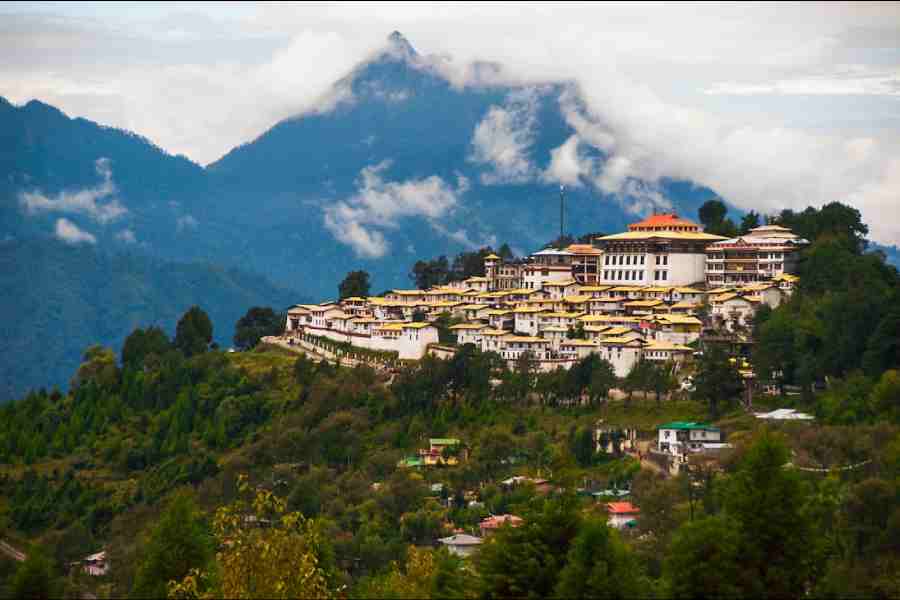Bhubaneswar, Aug. 27: Even as work is on to develop supporting infrastructure at the 30 eco-tourism destinations, mainly wildlife habitats and water bodies identified by the state government, security concerns are likely to emerge in view of the Maoist attack on some sanctuaries in the past.
The rebels had made their first major attempt at carving out a forest base for themselves by carrying out a series of attacks on the Similipal National Park in Mayurbhanj district in 2009.
The attacks had damaged tourist rest houses and other facilities in the 2,750sqkm wildlife habitat leading to the closure of the sanctuary for over a year.
Significantly, among the 30 eco-tourism destinations identified in 22 districts for developing tourist infrastructure are Kumari and Jamuani, which are part of the Similipal National Park.
However, sources in the forest and environment department, which is executing the project in collaboration with state tourism, sought to dispel fears about a recurrence of rebel strikes in Similipal.
"The attacks had taken places eight years ago. Since then, the situation has improved a lot. Tourists are completely safe in the park now," said an official who did not want to be named.
Rayagada sub-divisional police officer Jagannath Rao recalled how the rebels had targeted the Sunabeda Wildlife Sanctuary in Nuapada district bordering Chhattisgarh in 2011 when they had ambushed and killed 10 policemen from the neighbouring state in the sanctuary area.
"The sole objective of the Maoists is to create fear. By resorting to violence in forests and wildlife sanctuaries, they want to turn these places into their safe hide-outs," said Rao.
Maoist activities have also been witnessed in the Satkosia Tiger Reserve in Angul district. The rebels were first seen in the sanctuary, which is spread over four districts, in 2015. Their movement was noticed in areas such as Chutkei, Krushnachakragarh, Chuanri, Tuluka and Pampasar within and around the sanctuary.
They were seen in the area again last February with mounting fears that the rebels might be trying to cut a corridor through Sambalpur, Deogarh, Angul and Boudh districts of west Odisha.
Sources said Maoists active in wildlife sanctuaries often struck deals with local poachers and made money by supporting them. The fear of Maoists among forest officials acts as a security cover for the poachers who find it easy to hunt animals in reserve forests.










